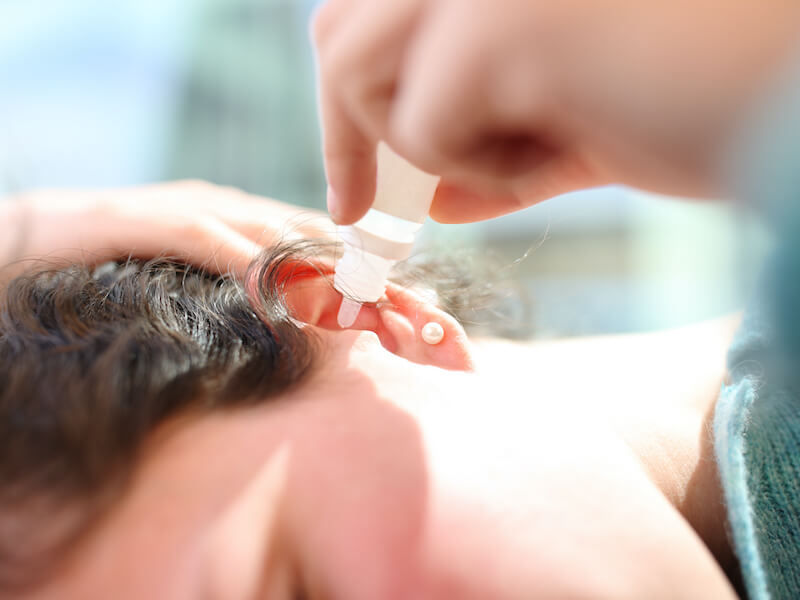
Don’t neglect cleaning your ears. It’s difficult not to say that in your “parenting” voice. Maybe when you were a kid you even remember your parents telling you to do it. As you get wrapped up in past nostalgia, that kind of memory can take you back to simpler times.
But that advice can be rather helpful. Uncontrolled earwax accumulation can cause a substantial number of issues, particularly for your hearing. And on top of that, earwax can harden up inside your ear and become really hard to clean. Bottom line, you’ll be best off keeping those ears clean.
Excessive earwax? Eww!
Earwax is, well, kind of gross. And we’re not going to attempt to change your mind about that. But earwax does serve a purpose. Produced by specialized glands in your ear and churned outwards by the chewing motions of your jaw, earwax can help keep dirt and dust out of your ears.
So your ears will remain clean and healthy when they generate the ideal amount of earwax. It might seem strange, but earwax doesn’t suggest poor hygiene.
Too much earwax is where the trouble starts. And it can be rather challenging to know if the amount of earwax being generated is healthy or too much.
What does excess earwax do?
So, what type of impact does excess earwax present? There are numerous issues that could arise as a result of out-of-control earwax or earwax that builds up over time. Those problems include:
- Dizziness: Your ability to manage balance depends heavily on your inner ear. You can suffer from episodes of dizziness and balance issues when your inner ear is having problems.
- Earache: One of the most prevalent signs of excess earwax is an earache. It doesn’t have to hurt a lot (though, in some cases it can). This typically happens when earwax is creating pressure in places where it shouldn’t be.
- Infection: Excessive earwax can lead to ear infections. Sometimes, that’s because the earwax can trap fluid where it ought not to be.
- Tinnitus: When you hear buzzing and ringing that isn’t really there, you’re usually suffering from a condition known as tinnitus. Tinnitus symptoms can appear or get worse when earwax accumulates inside your ear.
These are only a few. Headaches and discomfort can happen because of unchecked earwax accumulation. Excess earwax can interfere with the functionality of hearing aids. So excessive earwax might make you think your hearing aids are malfunctioning.
Can your hearing be affected by earwax?
Well, yes it can. One of the most common issues associated with excess earwax is hearing loss. When earwax builds up in the ear canal it produces a blockage of sound causing a form of hearing loss known as conductive hearing loss. Your hearing will typically return to normal after the wax is cleared out.
But there can be long-term damage caused by accumulated earwax, particularly if the buildup gets extreme enough. The same goes for earwax-caused tinnitus. It’s typically temporary. But the longer the excess earwax hangs around (that is, the longer you disregard the symptoms), the greater the risk of long-term damage.
Prevention, treatment, or both?
It’s a good plan to keep track of your earwax if you want to safeguard your hearing. It’s improper cleaning, not excess production that causes buildup in most situations (for example, blockage is often a result of cotton swabs, which tend to push the earwax further in rather than getting rid of it).
It will often call for professional removal of the wax that has become hardened to the point that you can’t remove it. The sooner you get that help, the sooner you’ll be capable of hearing again (and the sooner you’ll be capable of cleaning your ears the right way).
References
https://my.clevelandclinic.org/health/diseases/14428-ear-wax-buildup–blockage